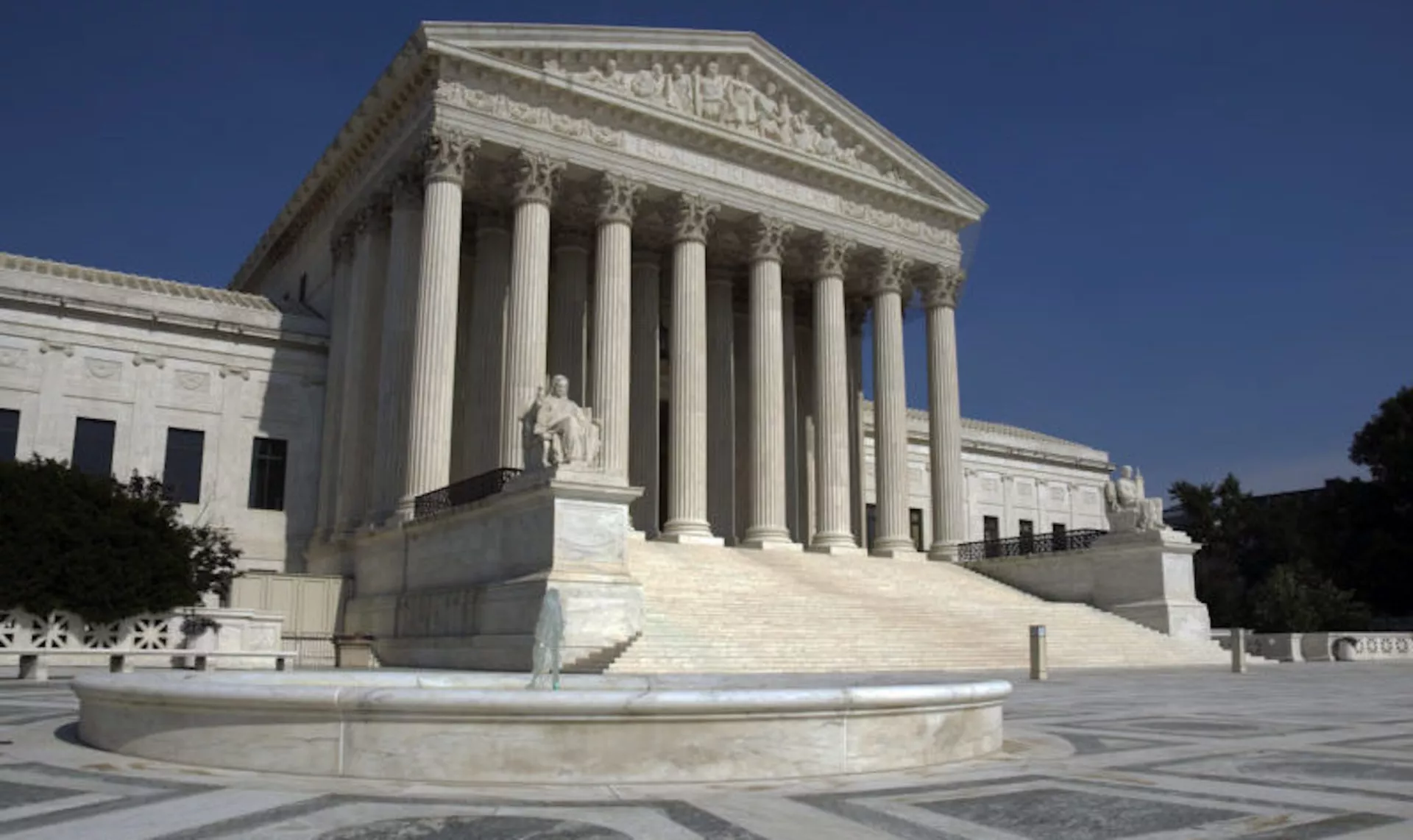WASHINGTON — Today, the 3-million member National Education Association filed an amicus brief in Biden v. Nebraska and Department of Education v. Brown, arguing that the Biden administration’s life-changing student debt relief plan, which would cancel up to $20,000 of federal student loan debt for qualifying borrowers, is a valid exercise of authority granted to Education Secretary Miguel Cardona by Congress.
“Educators today are under an unprecedented level of strain because of the pandemic, its attendant economic upheaval, and an increasingly dire staffing shortage affecting over half of American schools,” the brief argues. “Nearly half of educators have outstanding student loan debt, owing, on average, $58,700. The financial challenges faced by these educators compared to their peers accelerated during the pandemic, but debt relief now would place many educators on more solid financial footing. This relief, though individual, will have implications across the profession as financially secure educators are less likely to leave the profession.”
The Supreme Court is scheduled to hear oral argument in the case on February 28.
In 2021, NEA released a report on educators working in pre-K–12 and higher education institutions regarding student loan debt. It is the first research of its kind with new insights into the physical, mental and financial health of educators. In line with research on student loan debt within the general population, the study found that student loans play a significant role in the financial lives of many educators and have disproportionate impacts on specific subgroups.
Important findings within the report include:
- About three-fifths (59%) of educators with unpaid loans reported that the debt had a bearing on their ability to build up their emergency savings and four in 10 said that paying off their student loans impacted their mental, emotional, and/or physical well-being.
- Black educators took on significantly more debt than other racial/ethnic groups, with an average initial total of $68,300 among those who took out loans, compared to $54,300 for White educators and $56,400 for Latin(o/a/x), Hispanic, and Chican(o/a/x) educators. Sixteen percent of Black educators who used student loans borrowed $105,000 or more compared to 11 percent of White educators.
- Black educators with unpaid student loans also had the highest average current debt at $71,600, over $13,000 more than White educators and $20,000 more than Latin(o/a/x), Hispanic, and Chican(o/a/x) educators. This high average is due in part to nearly one in five Black educators with unpaid debt carrying a current balance of at least $105,000.
- Over a quarter of educators ages 61 and up who took out student loans still have a balance, and within that group, more than a third have $45,000 or more left to pay off.
- Two-thirds of educators ages 61 and up with unpaid student loans report that paying down their debt has affected their ability to save for retirement. Even half of the youngest educators— those ages 18–35—said that this was a predicament for them.
NEA is making principals and experts on student debt available for interview regarding this report. Requests can be sent to Richard Allen Smith, NEA Communications, at [email protected].
###
The National Education Association is the nation’s largest professional employee organization, representing more than 3 million elementary and secondary teachers, higher education faculty, education support professionals, school administrators, retired educators and students preparing to become teachers. Learn more at www.nea.org.

